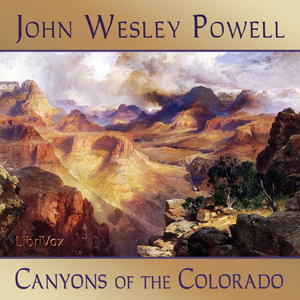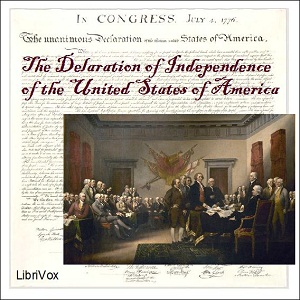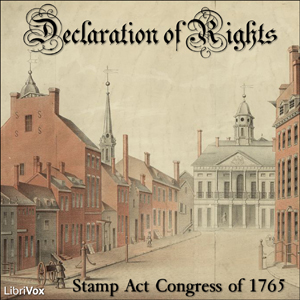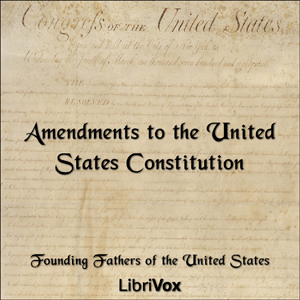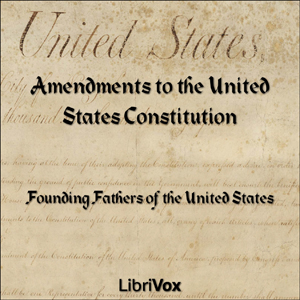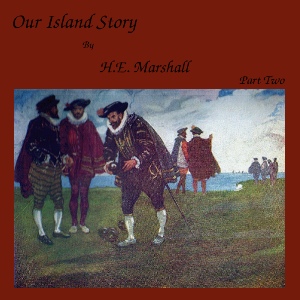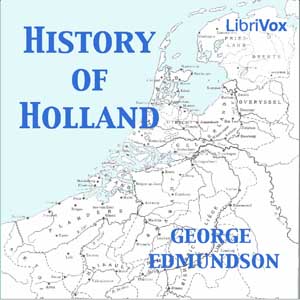- Preface
- The Valley of the Colorado
- Mesas and Buttes
- Mountains and Plateaus
- Cliffs and Terraces
- From Green River City to Flaming Gorge
- From Flaming Gorge to the Gate of Lodore
- The Canyon of Lodore
- From Echo Park to the Mouth of the Uinta River
- From the Mouth of the Uinta River to the Junction of the Grand and
- From the Junction of the Grand and Green to the Mouth of the Little
- From the Little Colorado to the Foot of the Grand Canyon
- The Rio Virgen and the Uinkaret Mountains
- Over the River
- To Zuni
- The Grand Canyon
John Wesley Powell was a pioneer American explorer, ethnologist, and geologist in the 19th Century. In 1869 he set out to explore the Colorado and the Grand Canyon. He gathered nine men, four boats and food for ten months and set out from Green River, Wyoming, on May 24. Passing through dangerous rapids, the group passed down the Green River to its confluence with the Colorado River (then also known as the Grand River upriver from the junction), near present-day Moab, Utah.
The expedition's route traveled through the Utah canyons of the Colorado River, which Powell described in his published diary as having …wonderful features—carved walls, royal arches, glens, alcove gulches, mounds and monuments. From which of these features shall we select a name? We decide to call it Glen Canyon. (Ironically, now almost completely submerged by Lake Powell, behind the Glen Canyon Dam.)
One man (Goodman) quit after the first month and another three (Dunn and the Howland brothers) left at Separation Rapid in the third, only two days before the group reached the mouth of the Virgin River on August 30 after traversing almost 1,500 km. The three who left the group late in the trip were later killed—probably by Indians.
Powell retraced the route in 1871-1872 with another expedition, producing photographs, an accurate map, and various papers, including ethnographic reports of the area's Native Americans and a monograph on their languages. --adapted from Wikipedia
The expedition's route traveled through the Utah canyons of the Colorado River, which Powell described in his published diary as having …wonderful features—carved walls, royal arches, glens, alcove gulches, mounds and monuments. From which of these features shall we select a name? We decide to call it Glen Canyon. (Ironically, now almost completely submerged by Lake Powell, behind the Glen Canyon Dam.)
One man (Goodman) quit after the first month and another three (Dunn and the Howland brothers) left at Separation Rapid in the third, only two days before the group reached the mouth of the Virgin River on August 30 after traversing almost 1,500 km. The three who left the group late in the trip were later killed—probably by Indians.
Powell retraced the route in 1871-1872 with another expedition, producing photographs, an accurate map, and various papers, including ethnographic reports of the area's Native Americans and a monograph on their languages. --adapted from Wikipedia
There are no reviews for this eBook.
There are no comments for this eBook.
You must log in to post a comment.
Log in

